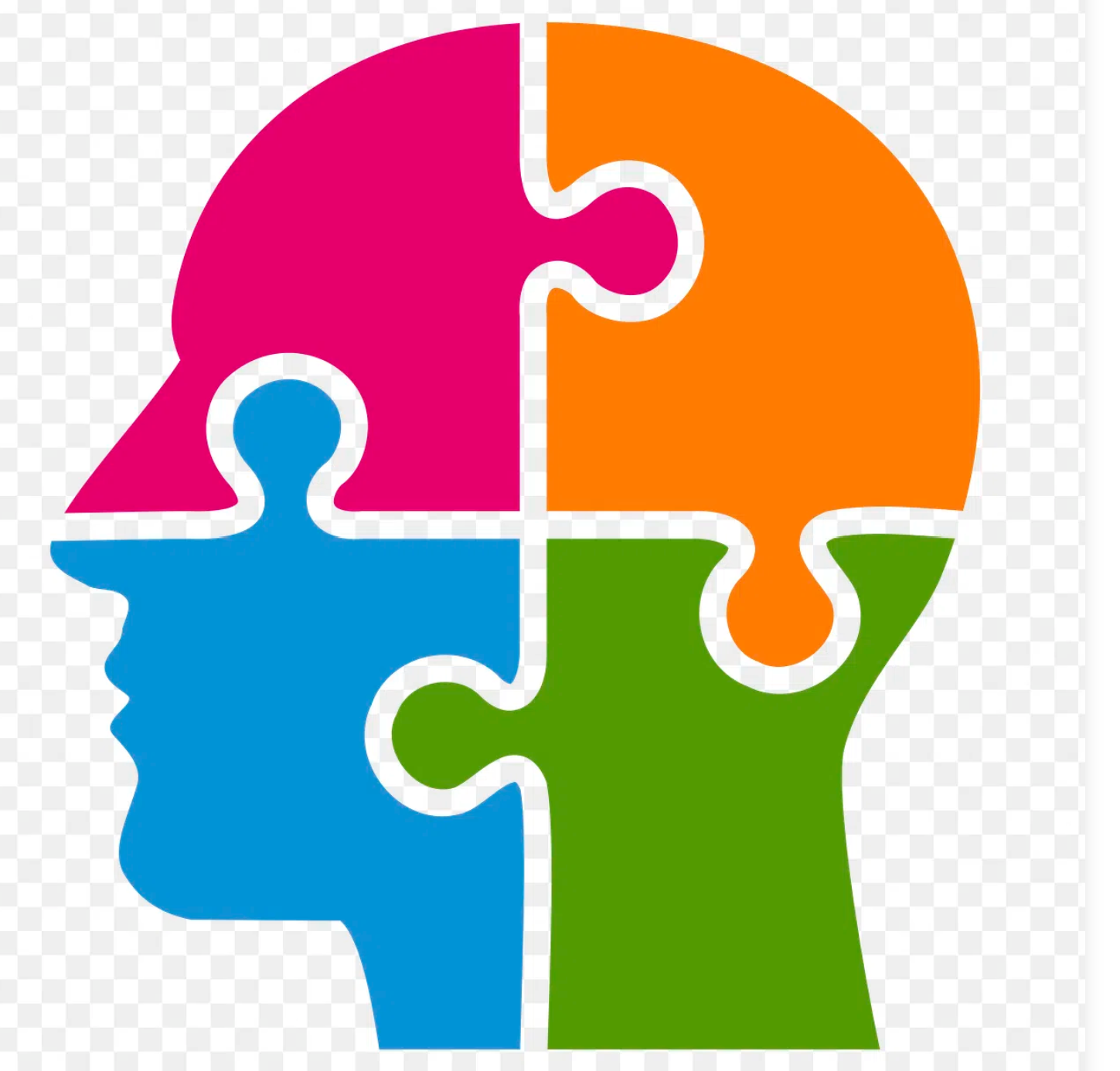Chapter 3. Biopsychology
This text has been modified by Jill Grose-Fifer from the original text from Psychology 2e. OpenStax.org
 Have you ever taken a device apart to find out how it works? Many of us have done so, often to attempt a repair or simply to satisfy our curiosity. In this chapter, we will look inside the nervous system to try and explain the biological mechanisms that underlie behavior, thoughts and feelings. In this chapter, you will read about how genetics influence both physiological and psychological traits. You will become familiar with the structure and function of the nervous system. And, finally, you will learn how the nervous system interacts with the endocrine system.
Have you ever taken a device apart to find out how it works? Many of us have done so, often to attempt a repair or simply to satisfy our curiosity. In this chapter, we will look inside the nervous system to try and explain the biological mechanisms that underlie behavior, thoughts and feelings. In this chapter, you will read about how genetics influence both physiological and psychological traits. You will become familiar with the structure and function of the nervous system. And, finally, you will learn how the nervous system interacts with the endocrine system.
Learning Objectives
- Describe basic characteristics of genes
- Discuss how gene-environment interactions are critical for expression of physical and psychological characteristics
- Identify the basic parts of a neuron
- Describe how neurons communicate with each other
- Explain how drugs act as agonists or antagonists for a given neurotransmitter system
- Describe the difference between the central and peripheral nervous systems
- Explain the difference between the somatic and autonomic nervous systems
- Differentiate between the sympathetic and parasympathetic divisions of the autonomic nervous system
- Explain the functions of the spinal cord
- Describe the hemispheres and lobes of the brain and their basic functions
- Describe the types of techniques available to clinicians and researchers to image the brain or record its activity
- Identify the major glands of the endocrine system
- Identify the hormones secreted by each gland
- Describe each hormone’s role in regulating bodily functions
